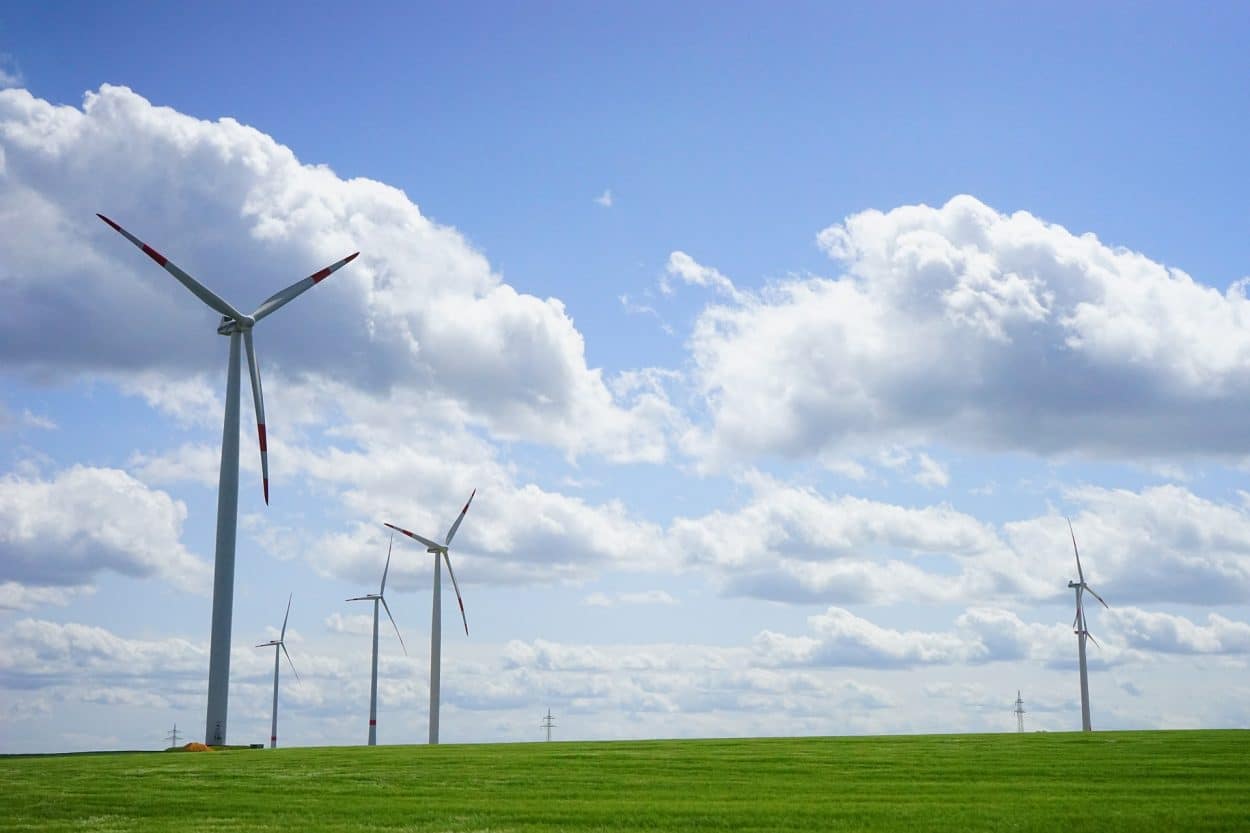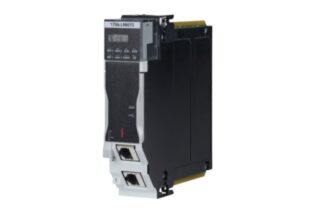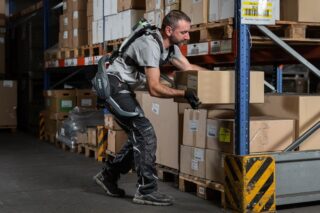By Robert Glass, head of marketing at composites manufacturer Exel Composites
Goal seven of the United Nations’ (UN) sustainable goals encourages progress towards integrating renewable energy into buildings, transport, and industry. However, connecting renewable energy sources to the grid faces challenges, including the limited current capacity of overhead lines. How can we make the grid more suitable for renewable energy integration?

Climate change is arguably the biggest threat to our planet, with its long term effects being variable in magnitude and difficult to predict. Its resultant extreme weather patterns can damage infrastructure, threaten food security, degrade the environment, and pose a risk to human health and safety.
The production of greenhouse gases is a major contributor to climate change. Power generation is a large contributor of emissions and previously exhibited a rising trend in emissions. However, the emissions remained stable between 2018-2019, largely attributed to the global increase in renewable energy transitions.
Renewable energy transitions must continue to increase to minimize climate change. With over 340,000 wind turbines on the planet, wind power is a popular option, taking up minimal lateral space and using no water. However, using environmentally friendly energy resources requires innovative material to help produce and transmit their power.
Clever Composites
Composites are already well known for benefiting the wind power sector by enabling the production of longer and lighter turbine blades, increasing power output, and efficiency. However, in order to increase the adoption of wind power into a widespread infrastructure, we need to not only optimize the performance of the wind turbines but also their power transmission across the grid.
A major limiting factor for connecting wind power to the grid is the maximum current capacity of the overhead lines. Going beyond the current capacity threshold overheats the wire, causing the conductor material to expand and the power line to lengthen, triggering a ‘thermal sag’ that can lead to power outages, and also pose a health and safety risk.
One solution is to install more cable lines, but this is not as simple as it may appear. An overhaul of power cables is a large project, involving the acquisition of new land rights, passing environmental regulations, lengthy installation time, and additional labor costs. This option takes a large amount of time to implement, with significant associated financial costs. A quicker and more cost-effective solution is to upgrade the existing lines.
Down to the Wire
Traditional power cable wires, or conductors, are Aluminium Conductor Steel Reinforced (ACSR) conductors that consist of an outer aluminum conducting ring with a steel core that provides support and strength. However, steel has a high coefficient of thermal expansion (CTE), which means steel core cables expand significantly when heated, leading to thermal sag.
Steel core conductors can be replaced with ones with a composite core — Aluminium Conductor Composite Reinforced (ACCR) conductors — using the existing grid infrastructure. Composite cores have a much lower CTE than steel, meaning they can withstand higher temperatures without causing the cable to sag, making the cable a High-Temperature Low-Sag (HTLS) conductor.
Composite-cored conductors can carry approximately twice the current of steel-cored conductors at much cooler operating temperatures. Composite cores also have a high strength to weight ratio than steel, allowing a greater amount of aluminum in the cable for power transmission without weighting the cable down.
Exel Composites manufactures composite cores for overhead cables and has several decades’ experience with the electrical industry. The composite cores have a low CTE and a high strength to weight ratio, minimizing thermal sag, and maximizing power transmission. Exel also manufactures reinforcement composites for wind turbine blades, which can be combined with composite core reinforced cables to bring a large wind power source to urban infrastructure.
Wind power is already a popular clean energy source, but power grid infrastructure often limits its potential. Composites are aiding the adoption of wind power, not only by making turbines more powerful and efficient but also by increasing the current capacity of power cables. Integrating the most advanced materials and technology into infrastructure will help us step further towards a more sustainable future.










